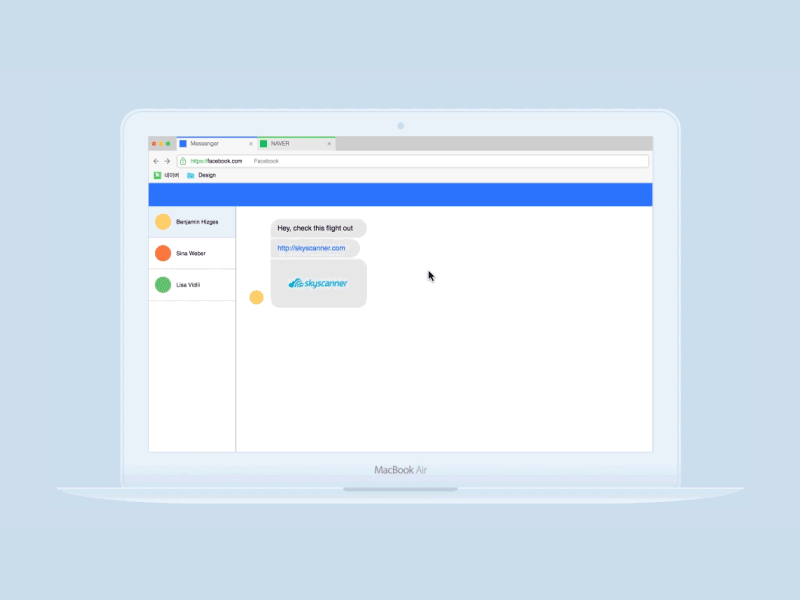
The change chosen attribute command allows you to modify any modifiable attribute of an element, regardless of which attribute you select. Your goal in many scripts will be to modify websites – whether by filling text boxes, clicking buttons, or choosing from drop-down lists. For instance, if the parameters are INPUT and 4, it will choose the 4th input tag on the page. Selecting a value in the parameters window will display its current value under the search parameter.Īnother option for choosing elements, choose by position will choose the element based on what the tag name is, and the order of said tags in the document. You can choose an element of a page by any of its attributes. Before you can manipulate a part of a webpage, you must first choose it. Works well with ajax.Ĭhosen commands can be found when you right click a script node or when you right click in your browser window.Ĭhoose by attribute is probably one of the most common commands that you will use in UBot, because it is part of the foundation of how UBot communicates with webpages. This command will suspend the script until the specified text appears on the web page. A qualifier (see above) follows the “if” command, and the action specified follows the “then” command. The “if then” command sequence is a fairly common way to determine the flow of events in scripting. While this is generally not necessary, some specific commands that requiIe a dialog button is pushed, for example, may require wait finish or the script would otherwise not pause for the results of the button to occur.

Wait finish suspends the script until the webpage finishes loading. This is probably the most simple command in all of UBot.

– it suspends the script for the specified number of seconds. The delay command waits a specified number of seconds before continuing with the next command.

Besides cleaner scripting and easier organization, it allows you to create an independent script that can be called by any other portion of the bot. When you have a sub in your script, it will not run until you call it using the run sub command. It helps to create cleaner and more maintainable code. A sub is like a self contained script within a script. The sub command is one of the most useful features in UBot. Note that you can insert lines above the command placeholder. This command will run all contained commands for as long as its qualifier remains true. The while command functions similarly to loop. Note that you can insert more lines above the command place holder. That number can be a numeral (from 1 all the way up to infinity) or it can be the contents of a variable. The loop command allows anything contained within it to repeat a given number of times. The create account function builds all of the information necessary to create most accounts on most web pages.īuild account works the same way as create account but allows you to specify the username, email address, and password. You can do this using a list from a file, or with a variable, or with specified proxies. This command is useful if you want to visit a site as more than one user but the site regularly records your visits in a cookie file. The click dialog button command allows for the pressing of any (usually javascript) dialog button that appears on the screen. The send email command allows UBot scripts to connect to smtp email accounts and create and send emails. This is set to default and will be chosen most of the time. The only parameters are the url and Yes and No, which correspond to whether or not the script should wait until the site finishes loading before moving onto the next command. The nav command simply visits whatever URL you choose. The format of the words being searched must match what is on the page, so it is best to highlight the information you want to search the page for and then bring up the “search page” command.

This is a qualifier that will return true if the specified text is present on the page. The most commonly used qualifier, evaluate allows you to compare any two values, which will allow an action to run of they match (or don't match using not). This qualifier will return true only when all of its subnodes return true.Įither will return true when any of its subnodes return true. Using not combined with the evaluate qualifier allows you to compare variables or other portions of a script. This will return true when its subnodes do not return true. Qualifiers are used within conditional statements to direct the flow of a script.


 0 kommentar(er)
0 kommentar(er)
